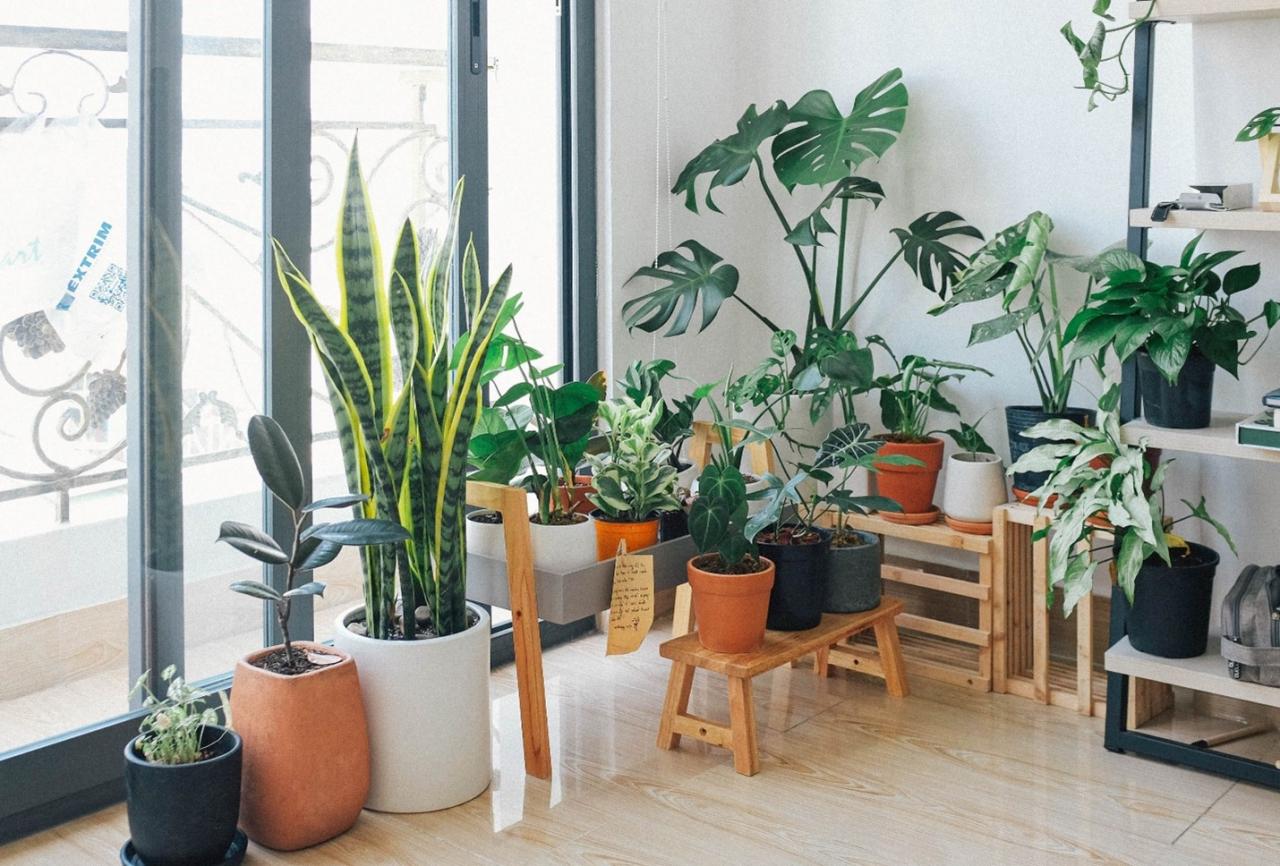Dusting can be a dirty part of house cleaning, especially for people with allergies and sensitivity to dust or dander. Believe it or not, incorporating simple house plants will reduce dust keeping your home and plant clean of dust.
Houseplants are unable to purify the air of volatile organic compounds (VOCs) but can help improve the air quality of your home by adding more oxygen, reducing stress, and decreasing the airborne dust by drawing particles to the surface. Houseplants have a secret power of removing dust particles from the air by trapping them on the surface of their leaves, especially plants that have hairy and/or crinkled leaves to remove more dust compared to plants with strappy or smooth leaves.
Studies indicate some of the effects are due to hairy or crinkled leaves physically filtering dust from the air as it transports across the surface of the leaf. These are top dust collecting plants to consider the next time you want to get some houseplants.
Technically, all plants collect dust, but some houseplants don’t provide enough surface area to trap dust that isn’t completely absorbed so you’ll need to dust them occasionally while making sure they get enough light to photosynthesize properly and stay alive.
These are some of the best indoor houseplants to reduce airborne dust:
- Ferns (some are harder to keep alive indoors)
- Rubber Plant
- Peace Lily
- Pygmy Date Palm Tree
- Bamboo Palm
- English Ivy
- Dripping Guanyin
- Spider Plant
- ZZ Plant
There are some plants with a special exception as they effectively clean themselves that is known as the “ultra-hydrophobicity” or “lotus effect” phenomenon first observed by German botanist, Wilhelm Barthlotton the leaves of a lotus. This phenomenon occurs when “dirt particles are picked up by water droplets due to the micro-and nanoscopic architecture on the surface, which minimizes the droplet’s adhesion to that surface,” according to Wikipedia.
In more simple terms, certain leaves have microscopically tiny spikes creating a rough, bumpy surface that repels water. As the water touches the leaf, instead of soaking it into the microscopic grooves, it rolls off the surface of the leaf that takes the dust and dirt with it while providing a layer of protection against disease-causing pathogens. Plants with this unique property are Indiana canna flowers, violet, taro, aloe, and lantana.

